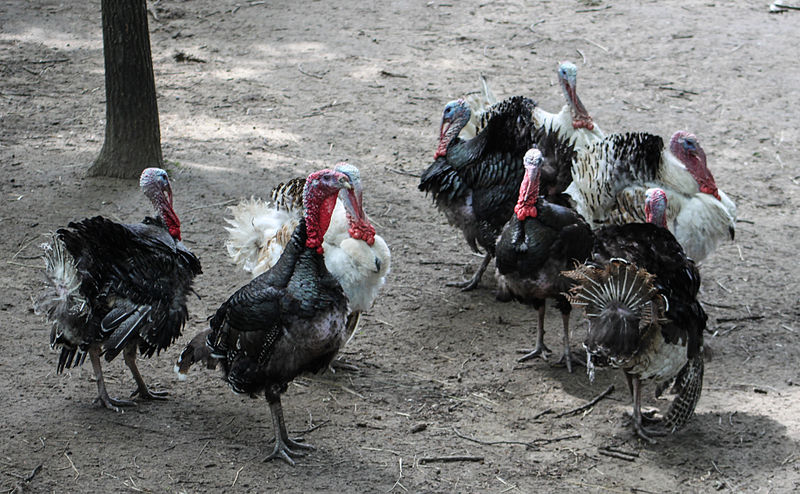NewsDesk @bactiman63
The United States Department of Agriculture’s (USDA) Animal and Plant Health Inspection Service (APHIS) has confirmed the presence of highly pathogenic avian influenza (HPAI) in a commercial turkey flock in Dubois County, Indiana. This is the first confirmed case of HPAI in commercial poultry in the United States since 2020.

Samples from the affected flock, which experienced increased mortality, were tested at the Indiana Animal Disease Diagnostic Laboratory at Purdue University, part of the National Animal Health Laboratory Network, and confirmed at the APHIS National Veterinary Services Laboratories (NVSL) in Ames, Iowa. Virus isolation is ongoing.
APHIS is working closely with the Indiana Board of Animal Health on a joint incident response. State officials quarantined the affected premises, and birds on the property were depopulated to prevent the spread of the disease. Birds from the flock will not enter the food system.
USDA says avian influenza does not present an immediate public health concern. No human cases of these avian influenza viruses have been detected in the United States.
Subscribe to Outbreak News TV on YouTube
Avian influenza (AI) is caused by an influenza type A virus which can infect poultry (such as chickens, turkeys, pheasants, quail, domestic ducks, geese, and guinea fowl) and is carried by free flying waterfowl such as ducks, geese and shorebirds. AI viruses are classified by a combination of two groups of proteins: hemagglutinin or “H” proteins, of which there are 16 (H1–H16), and neuraminidase or “N” proteins, of which there are 9 (N1–N9). Many different combinations of “H” and “N” proteins are possible. Each combination is considered a different subtype and can be further broken down into different strains which circulate within flyways/geographic regions. AI viruses are further classified by their pathogenicity (low or high)—the ability of a particular virus strain to produce disease in domestic poultry.
- Malaria and illegal gold mining
- Virginia: Potential Measles Exposure in Fairfax County
- Face masks and COVID-19: European officials update considerations for community
- Ukraine reports polio vaccination coverage was 80% in 2021
- Brazil: Dengue cases rise 224% in Minas Gerais
- Iraq: Anthrax outbreak kills dozens of cattle in Kurdistan region
- Afghanistan: Measles outbreak in Badakhshan claims more than 70 lives
- Puerto Rico: Officials warn of a high incidence of dengue
- Dominican Republic reports 148 leprosy cases in 2021
- Argentina warns public of cyanobacteria in recreational waters of Buenos Aires, Santa Fe, Entre Ríos and Córdoba


One thought on “Indiana: Highly pathogenic avian influenza reported in Dubois County commercial turkey flock”